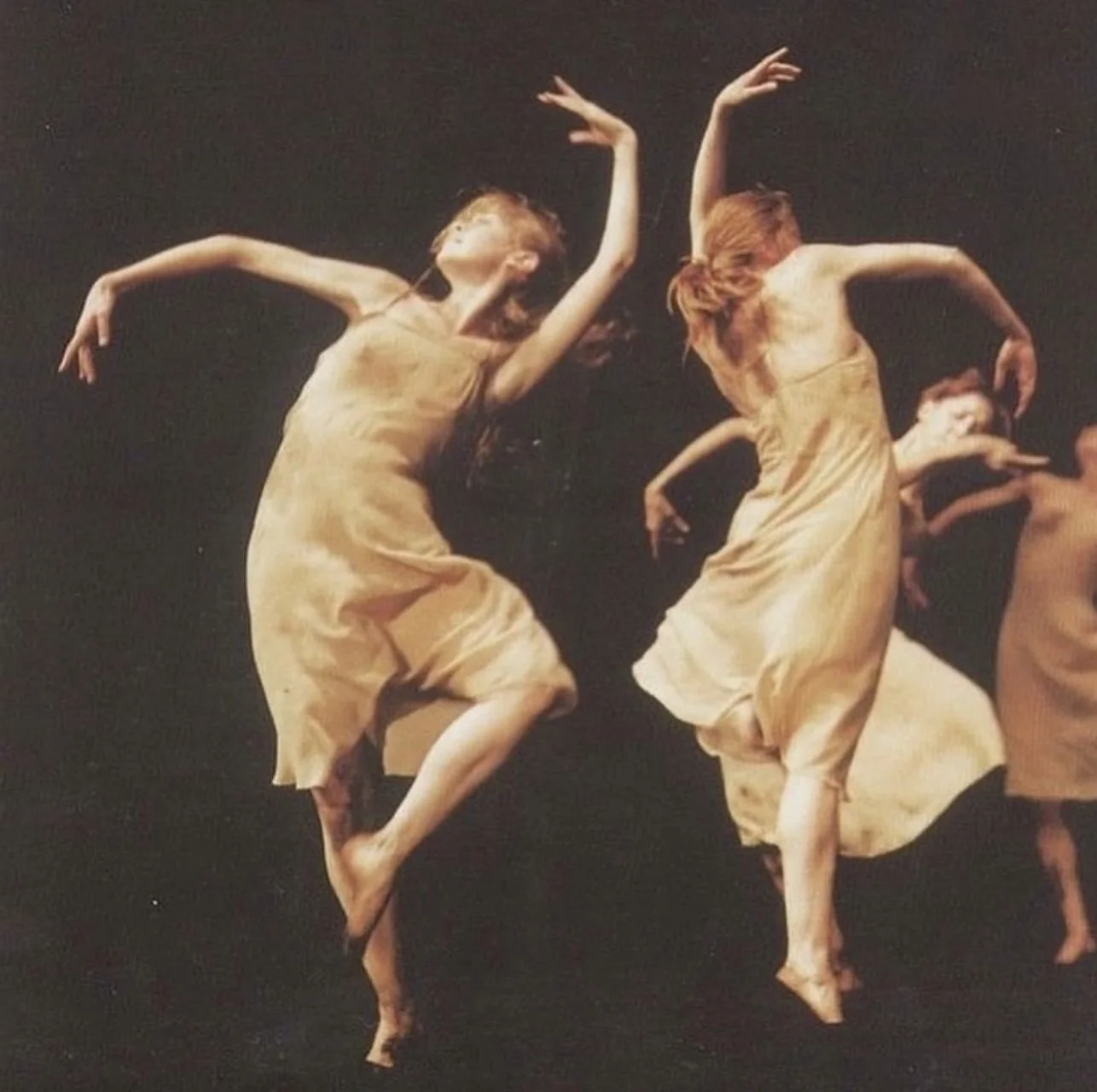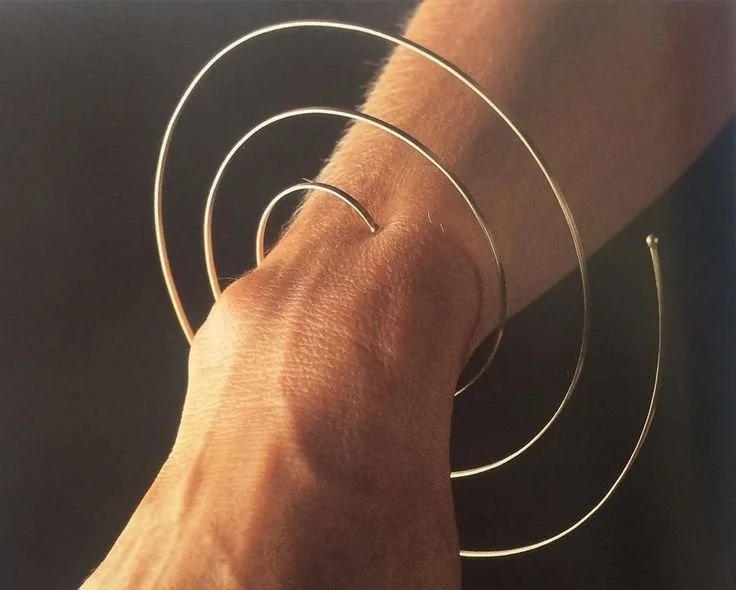February 2025 | Embodiment
NOTE: This was originally published as part of my newsletter in February 2024. Subscribe to my newsletter to receive the next Om Letter direct to your inbox once a month.
This year my partner and I spent another Valentine’s day with Pina Bausch’s dance company performing ‘Vollmond’ (full moon) at Sadler’s Wells theatre. If you’re unfamiliar with Bausch’s work I recommend watching the Wim Wender’s documentary that became an homage to Pina after her sudden death in 2009, while the film was in production.
The last time I’d seen this particular work of hers in 2013 it was performed by her original cast of dancers with one new addition. These dancers had been personally selected and trained by Pina. Some were regular people she’d approached while food shopping - people whose bodies interested her and whose sheer presence on a stage spoke volumes. These dancers were part of the process that created the works themselves.
In this year’s production the tables were turned: one original cast member remains, the rest are all new. In all likelihood if I hadn’t seen this work before I wouldn’t have known anything to be different, but something had changed. It was intangibly subtle, but what I was noticing was a difference in embodiment. These were people dancing a choreography and of course reinterpreting it, but it wasn’t quite made to measure in the same way.
So what is this elusive thing? Embodiment is often associated with the performing arts - actors, dancers and performers visibly represent or express ideas, qualities or emotions to us through their bodies. And as viewers we know true embodiment when we see it, even with an untrained eye.
Within the worlds of yoga and contemplative practices the body has often been thought of as being second-best to our consciousness; a vehicle to get us to the point of enlightenment, but nothing more than that. The Buddhist Hevajra Tantra for instance, declares that great wisdom (mahājñāṇa) “lives in the body… but is not of it.” More recent findings within neuroscience, cognitive science and psychology however turn this separation of body and mind on its head (if you’ll pardon the pun).
Neuroscience has shown the body and mind to be intertwined in such a way that they cannot be separated. 30 years ago cognitive science attempted to understand cognition as a closed system whereas they’ve now embraced the 4E cognition model, which theorises that cognition is embodied, embedded, extended and enactive. Even psychotherapy is embracing more body-based techniques to treat trauma alongside talk therapy. Geneticists recognise that many of the traits that we think of as our ‘personality’ are in fact inherited from the bodies that provided our DNA.
But while the sciences and humanities are coming around to the idea of the bodymind complex, as a society we’ve never been less connected to our own physicality. We simply don’t need the body for survival the way we used to, which has led many to a state of disconnection, or disembodiment. As a teacher I often notice students not trusting their own bodies - it’s as if they’ve lost the ability to receive and interpret the signals and communications their body is sending them, leaving them near-enough frozen unless they’re told how to move. The reality is that once we begin to reconnect to our physicality, the answers are still there and we become our own choreographers again.
With love,
OM x
Monthly Mantra
“Dance, dance, otherwise we are lost”
Pina Bausch
February Playlist
Thank you for reading - if you have any questions please feel free to reach out via email.
Copyright © 2025
Oceana Mariani






